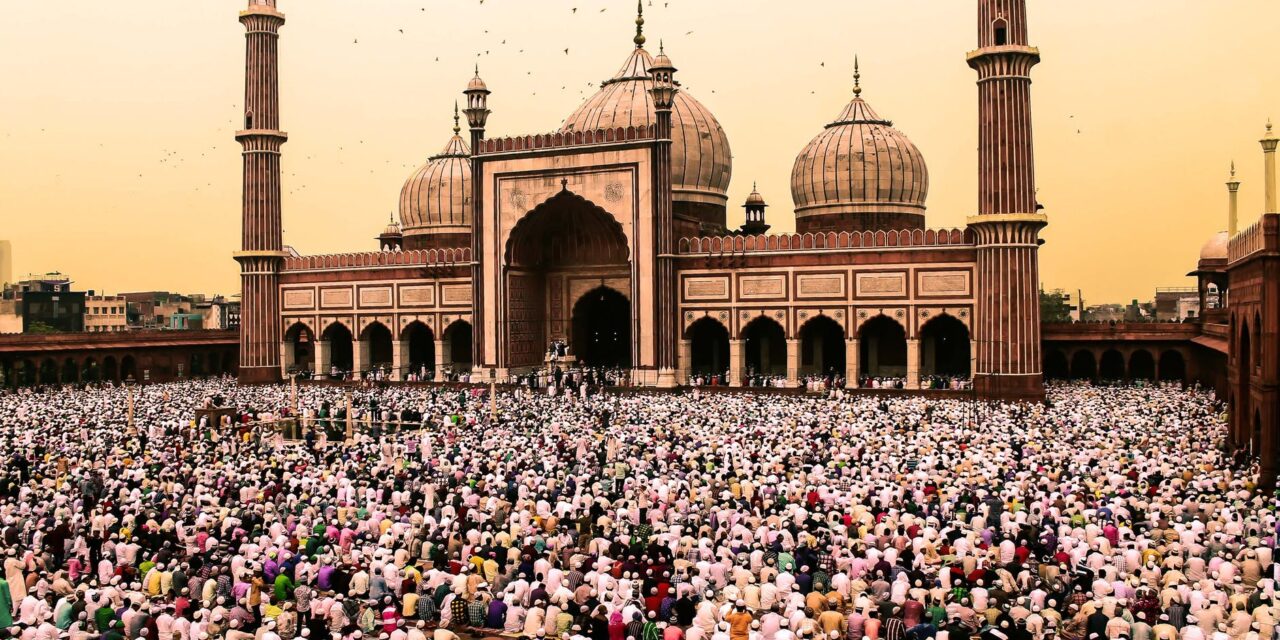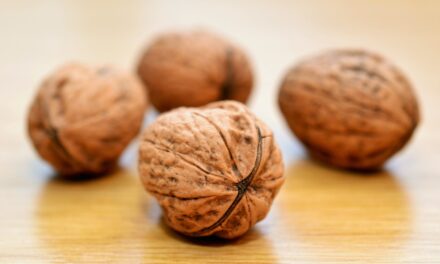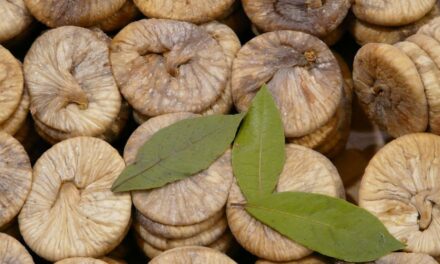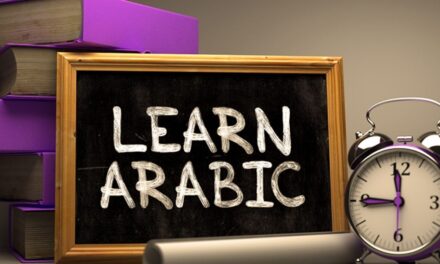India used to be known for its scholarship in the Islamic Sciences in the past. The country has produced some of the finest Islamic scholars in the last 5 centuries. And most of them were nurtured in the the Madrassas of the land.
Back in the day, knowledge from India travelled across the Muslim world. And the voyage of knowledge occurred through two main paths.
- The first was when Muslims travelled to India from the countries of Central Asia, and the Middle East.
- And the other was when scholars of Indian origin migrated to the lands of Hijaaz ie. Mecca & Madinah. Or perhaps elsewhere as well.
In our day and age, the Madrassa system of education is looked down upon. Plus, there is also a sustained campaign on attacking the perceived backwardness of the Madrassas both from “enlightened” Muslims and some section of the non-Muslim society. All of them may mean right, they might be trying to be of help, and have a genuine concern for the pupils of these schools. Yet at times, the dismissal can be rather misplaced. Much of the hatred against the Madrassas can be pushed to either of the two causes:
- Inadequate understanding of the Madrassas
- Comparison of these Madrassas with the modern university system
Although, I just had thought of writing a brief introduction to the Madrassa system of education, I think it will be of value if I can add a word in defense of these seminaries. There are two main reasons which lead people to criticize the Madrasas and the criticism comes due to a lack of understanding of either of the two:
- The Purpose of a Madrassa.
- How a Madrassa is different from a modern university?
The Purpose of a Madrassa
In the past, with every system of education of any culture conceivable, the main goal of teaching was the attainment of wisdom. Wisdom was something craved for. Money and riches were not the main goals of life. Perhaps because a person of wisdom would draw more attention and respect than a person of wealth and riches. The industrial revolution had not come about and consumerism had not yet hit mankind. People used to be happy working hard in the fields, eating little and enjoying the rest of their time.
So, the main role of a Madrassa was to create a good, competent citizen, not a skilled trader or a professional. The basic things that were taught in a Madrassa related to how a person would live his life with wisdom and ease. The emphasis was on learning tolerance, anger management and develop empathy. All these were known as virtues.
This meant that, all the poems and prose that was taught, in these seminaries are linked to morality and behavioral rectification. Capitalism had not taken over the world, and morals were of a great concern. And even today, the pupils of a Madrassa, think in the same manner.
How Madrassa is different from a modern university?
Another aim of a Madrassa was to teach the pupils the articulation of thoughts. This was achieved by intensive stress upon the learning of language, its grammar and morphology. Logic and expression were important subjects taught in these seminaries. Subjects such as philosophy and mathematics along with general sciences such as astronomy, biology etc were also vital.
An essential co-curricular activity in these schools was debating and argumentation. So, students would discuss and debate with their teachers to train both their minds and speech.
But since, a pupil entered the learning system with an already established worldview, he would go and learn every science through the prism of Islam.
For an example: Recurrent testimony is a valid proof for knowledge in Islam. Although many people deny following this as an evidence, in reality they actually follow it rigorously. Even a scientist starts observing a matter after reading and believing the statements and observations of a scientist before him. And seldom starts fresh. So, for a Muslim pupil who maintained that recurrent testimony was as good a proof in knowledge as his sensory perception, he would seldom doubt it. And it makes complete sense for a Muslim student to go beyond what he has already accepted and realized.
There is another aspect of the Madrassa system that stands out. It was the memorization of books. And, the memorization was not done as is done today, where we cram a lot of material before the exams and forget all of it as soon as we come out of the examination hall.
The students were made to put all that they learnt from Quran, Law, Grammar, Poetry etc into their long term memories. They were tested for their strength of recall again and again. Memorization of knowledge made perfect sense since there were no digital devices back in the day, and information could only be disseminated if it was available to the mind through retention.
So, if a person needed to teach, give a talk, answer a question or simply debate a concept, he could quickly gather the information available to his mind, deconstruct it and present it on spot. Hence, articulation, lingual skills, logic and memorization all worked in tandem to make a competent student/teacher.
But with the current day study system, institutions are more focused on skill development that would enable a student to earn, and become a professional. Morality is not of great concern, nor is articulation, unless you’re learning something about a trade that involves speaking and writing.
Now, getting back to where we started!
Brief History of the Madrassa System
Madrassas have been the the seat of learning since the Mughal period, and even before. After the dark times of colonization, when the Madrassas run by the Mughals were closed, a new breed of Madrassas self-funded by the community emerged. To this date, when India has gained independence, Madrassas are still alive.
Definitely, the Madrassas today are not a copy of those in the past, nevertheless they have a share in the legacy of this system. An important thing to note is that the education in Madrassas has been and continues to be free. Something which is rare to find in the world where money matters.
Talking a bit more generally, Muslims have ruled parts of India from 93 AH or 1546 CE. Different dynasties and rulers were in power till the British eventually took it from them. The Mughals only came in around 1546 CE. But Muslims lived in India before that. So, in all these years there was an education system that was prevalent. One thing to add is that, in contrast to common perception, these Madaris were also meant to teach women. Ibn Batuta mentioned that he found 13 madaris for women in one single town.
In this blog, we will focus on the time period of Mughals until now, that’s just because, a lot of the Madrassa system of training was formalized in these years.
The Pre-Mughal Period
In the pre-Mughal era, the madrassa system was not deeply established. However, there were different schools mainly in the Delhi and Punjab region. Many scholars came to India after it was conquered by Muhammad ibn Qasim at-Thaqafi. During this era, the Madaris set-up were either sponsored by the state, or funded by the teacher himself. There are reports that in some cases they were community funded.
Madrassas in the Mughal Period
One of the most popular Madrassas in the Mughal era was the Firangi Mahal in Lucknow. The current day Dars e Nizami curriculum was crafted and designed in the Firangi Mahal. The Firangi Mahal was the most important Madrassa for the Mughals, since it was the place from where officials would come. The curriculum in this seminary was very general and broad. And that style helped to develop people who would have a broad vision and capacity to take on official roles for the Mughals.
It should also be noted about Lucknow that the society of the place was considered to be more elite in comparison to that of Delhi. Firangi Mahal was known to produce large scale written works. It is said that this place had one of the most secular curriculums around so many Hindus also studied in this Madrassa.
There was another important school in the current day Uttar Pradesh, which was known as Madrassa Kahirabad. And this was the place where rational sciences were taught. Students would go to this place to learn sciences of an advanced nature including logic, philosophy, mathematics etc. It was a place where many arts were taught in stark contrast to the reputation of a Madrassa. The rector of the place would teach and play chess. Other notables were experts in music.
Another major Madrassa of time was the one known as Madrassatur Raheemiyah in Delhi. This school was known for its strength in teaching the more rigorous religious sciences with a particular emphasis on Hadeeth of the Prophet (Peace be upon him), as was stated earlier as well. The best chains of hadeeth narration today can be traced back through the son founder of this school, Imam Waliullah ad Dehalvi. His father, Moulana Abdur Rahim ad-Dehalvi founded this great school.
This institute was known for being orthodox yet forward thinking. It had teachers that mastered different Islamic Sciences. And even to this date, the practical legacy of this Madrassa is available for everyone to benefit from.
Madrassas in the British Era
Deoband is one of the most important and influential Madrassas of the colonial era. It is known all across the globe. There are many that admire it, but there are others who oppose its teachings. One of the activities that Deoband has been known for is its defense of the Hanafi madhab. This was because the number of Ahlul Hadeeth was growing in India, especially in the areas of Delhi.
Deoband took a very strong role in defending Islam against the colonial aggression, both physically and ideologically. However, the elders of this Madrassa are not known to produce many scholarly works except a few. This is surprisingly in opposition to the way of their Hanafi predecessor such as Shaykh Abdul Hay Lucknowi from Firangi Mahal who had produced a lot of original work.
Again in ridged contrast to Deoband, Sir Syed Ahmed Khan created a space for Muslims to learn. This is now known as the Aligarh Muslim University. Sir Syed thought that the Muslims were backward in comparison to their colonizers, so they needed to learn European sciences to progress. The school was more modern in its approach and a lot of emphasis was given to rationality and logic. But in no way can the teaching in this school be considered as orthodox.
The Ahlul Hadeeth also were growing in numbers under the scholarly shade of Nawab Sideeq Hassan Khan and Syed Nazeer Husian Delhalvi. The nawab was able to bring some Yemeni scholars to his place who would teach Hadeeth. Now, this lead the Ahlul Hadeeth to grow in numbers. And friction between the scholars of Deoband and those of the Ahlul Hadeeth led to some disputes. All this led to infighting between the Deobandis and the Ahlul Hadeeth.
After sensing a constant rift, scholars from different schools of thought tried to come and talk their differences out. But it was not destined to happen.
This made the people who were not in favor of sectarian debates form a Madrassa that was named as Nadwatul Ulama. In the Nadwatul Ulama a lot of reform was allowed to take place, but it remained orthodox in contrast to the Aligarh Muslim University. In this new Madrassa, the focus was laid on making a more relevant/practical syllabus. Arabic was given a lot of consideration and so was the Quran. The hadeeth teaching system in the seminary was similar to that of the Dehalvi Madrassa, although with modifications.
At this Madrassa an important change took place; students were asked to debate in the class and not in the public domain, so that the masses are not confused. And while giving fatawa special attention was paid to give an explanation to the fatwa which was not the case with the fatawa coming from Deoband. Today, in Nadwa they do not put focus on memorization as was done in the past, or let’s say how it was done in other similar seminaries. In Nadwa, the focus is on understanding.
Over to You
Even today the Madaris exist, but a lot of people would argue that the quality of education in these Madaris has severely reduced. The only similitude left among the Madaris of the old and the current day, is that in name. In many cases even the curriculum has been changed. The incompetence of the teachers in these schools is another major concern which is leading to decay in the educational system.
If a strong reform could take place where a blend of secular and Islamic knowledge was imparted in these Madaris, a lot would change. But at times the closed mindedness, and a lack of vision of those in authority within these seminaries cost students a fortune in terms of time and learning.
PS: Research to write this blog was extremely brief.
If you would like to buy Oudh or other attar perfumes online, then you must visit kashmirica.com







Recent Comments